Felis Silvestris (wildcat) is today’s domestic cat’s ancestor and wild counterpart. The wildcat is very similar to the domestic cat in that it looks similar and has the same skeletal build and the same coat as the domestic tabby; however, it is genetically different from the domestic cat.
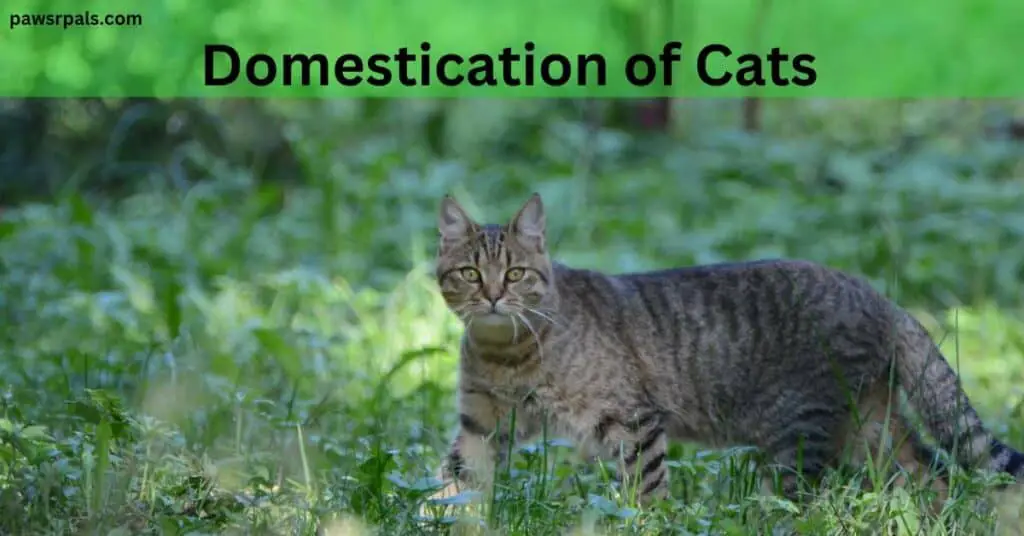
Felis Silvestris
The first wildcats were probably curious about the new species (humans) invading its habitat. Once they had realised that they could get food, shelter, heat, and companionship from humans, they would have been happier living in human settlements. Humans would have quickly realised that wildcats provided an invaluable service by controlling vermin and providing companionship.
Domestication would have developed, and the offspring of the Felis Silvertris would have inherited the curiosity and fearlessness from the mother – early introduction to humans would have resulted in a lack of aggression towards people (much like cats today).
There is abundant archeological and historical evidence that Felis Silvertris was present worldwide, in Europe, Asia, and Africa. Ancient Egypt is the most well-known civilisation to domesticate Felis Silvestris (approximately 2000 BC). Initially, Felis Sivertris provided vermin control and protection in the grain stores.
Ancient Egyptians and Cats in Other Ancient Civilisations
The Ancient Egyptians took the relationship with cats further to revere and worship them. There are many statues of cats, mummified cats, and the goddess Bastet. At one point, people were prohibited from taking cats out of Egypt. Killing a cat – deliberately or accidentally – was punishable by death. There is also evidence of domesticated cats in Greece from 500 BC, and later, there is evidence of cats in ancient Roman towns throughout the Roman Empire.
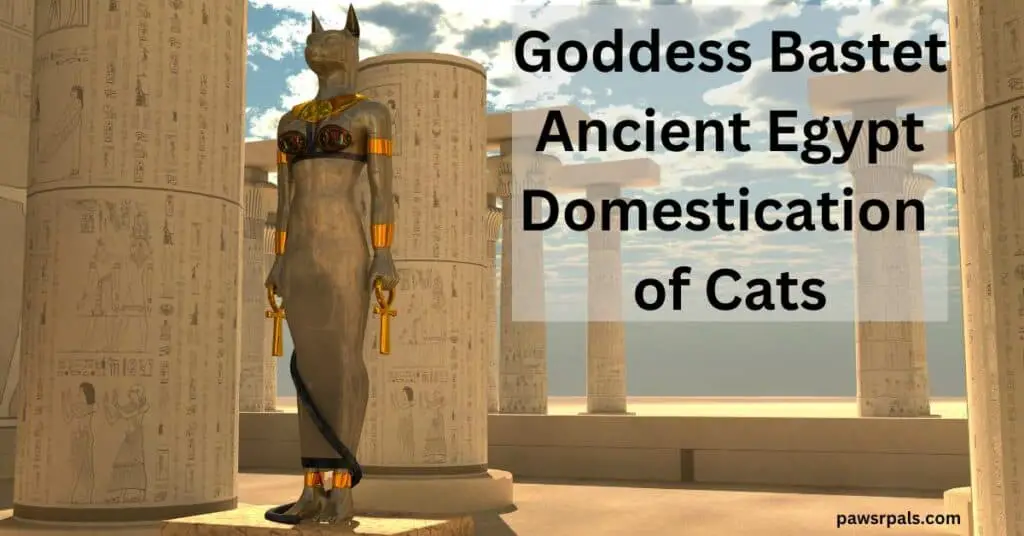
Cats Are Domesticated But Independent
Even though the prevalence of cats worldwide has been instigated by human travelers taking cats with them and the fact that cats have been domesticated and living with humans since at least 2000 BC, cats are still very independent and continue to have traits that other domesticated animals do not have.
For example, cats still roam freely and hunt. The cat’s independent nature has contributed to many myths and legends in many cultures, both positive and negative, over the years.
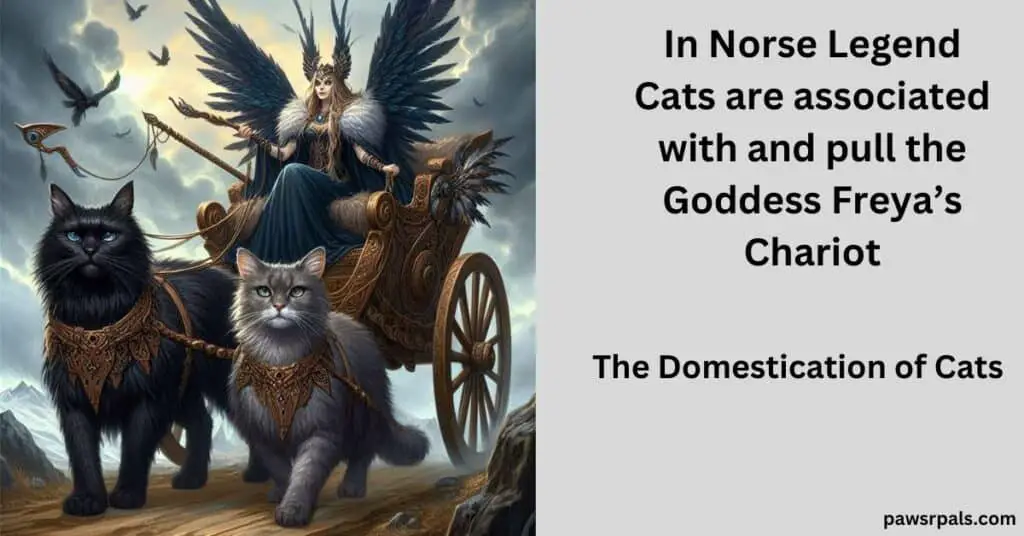
For instance, in Ancient Egypt, they have a godlike status; in Norse legend, cats pull Freya’s chariot, and in Celtic mythology, they are linked to the Otherworld.
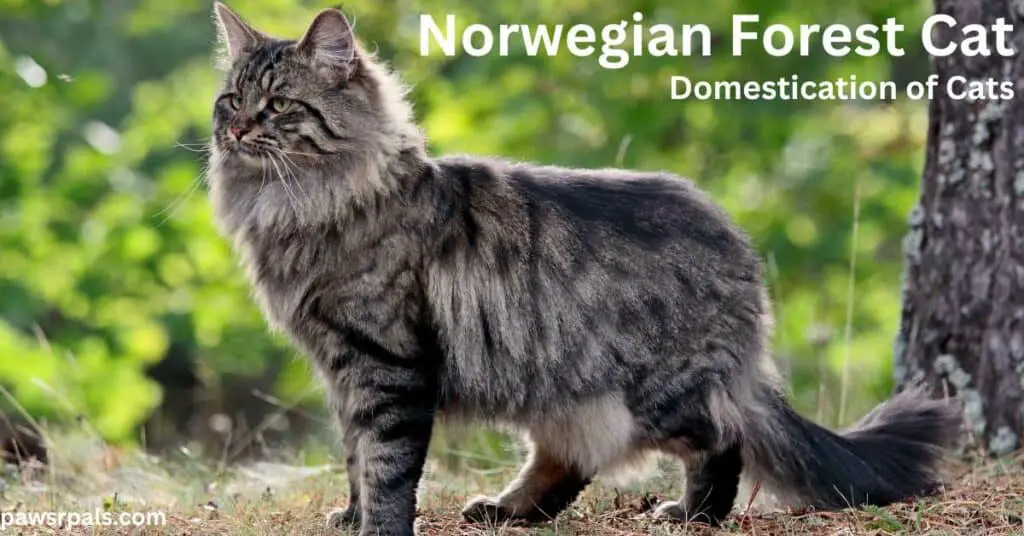
Europe in the Middle Ages Wasn’t A Good Time To Be A Cat
During the Middle Ages, cats and women were extensively killed in European witch hunts. Cats were probably strongly linked to witches and witchcraft because of their independent natures and their liking to roam at night.
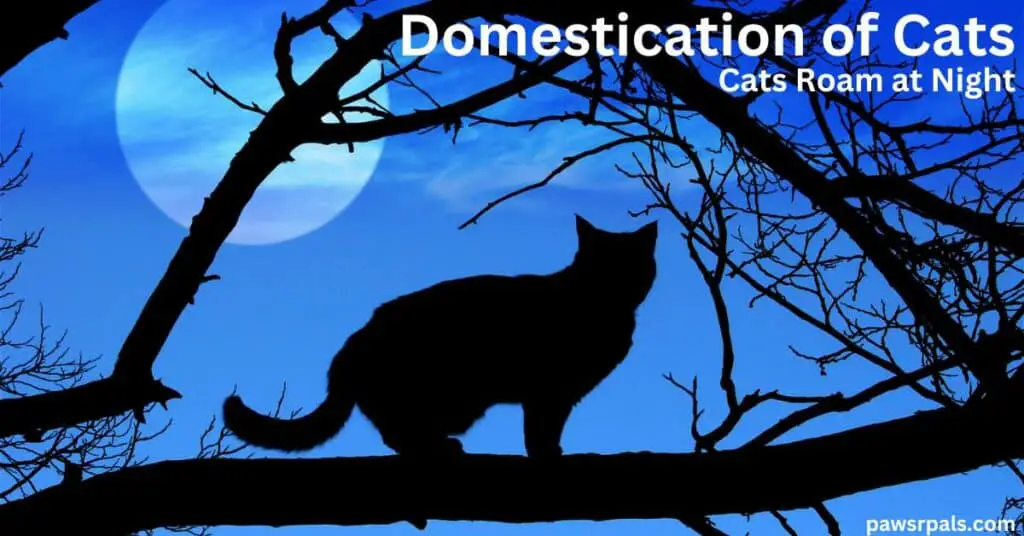
As well as this, it tended to be older women who lived alone, helped birth babies, and healed people who had cats (cats keep vermin under control). The cat population decreased to the extent that infected vermin spread plagues throughout Europe.
Fortunately, cats were saved from extinction because people realised that cats prevent infected vermin from spreading disease.
Factors Affecting A Cat’s Psychology
Several factors can affect a cat’s nature and behaviour:
- Biology – a cat will inherit its temperament from its parent.
- Environment – an understimulated/bored cat will display behaviour issues.
- Illness – pain or undiagnosed medical conditions can affect how a cat behaves.
- Learned behaviours – either learned from the mother and littermates or intentionally/unintentionally from the human in its life–and early life experiences (both positive and negative).
Cats, like humans, have individual personalities and specific needs that must be met to ensure a happy cat/human relationship. Most unwanted cat behaviours are caused by the cat having unmet needs. All cats should have:
- Food – species-specific, good quality food, provided in an age-appropriate amount, fed daily. Each cat should have its own food bowl.
- Water – fresh water in a clean bowl – set away from the cat’s food, provided daily.
- Litter Trays – One litter tray per cat plus one extra. Even outdoor cats should have a clean litter tray available in the home. Litter trays should be cleaned regularly and kept in low-traffic areas of the home.
- Stimulation – especially for indoor cats – toys and games for cats to keep them mentally stimulated, both for individual play and playing with the person (aids cat/human bonding).
- Attention – not all cats are lap cats; however, they require adequate attention from their human and have been known to get lonely when they spend too much time alone or without enough attention.
- Quiet place – providing a quiet and secluded spot where the cat can rest without being disturbed enables the cat to decompress or wind down and relax.
- Scratching posts/pads – cats naturally scratch surfaces, and providing adequate scratch posts/boards will reduce damage to furniture and carpets.
- Vertical spaces – cats like to see their territory, and being high gives them a great vantage point, increasing the space available to them and enabling their natural instinct to climb.
- Vet care – regular check-ups and vet checks when the cat needs them (illness or behaviour change) will ensure the cat lives a healthy and hopefully long life.
Final Word on The Domestication of Cats
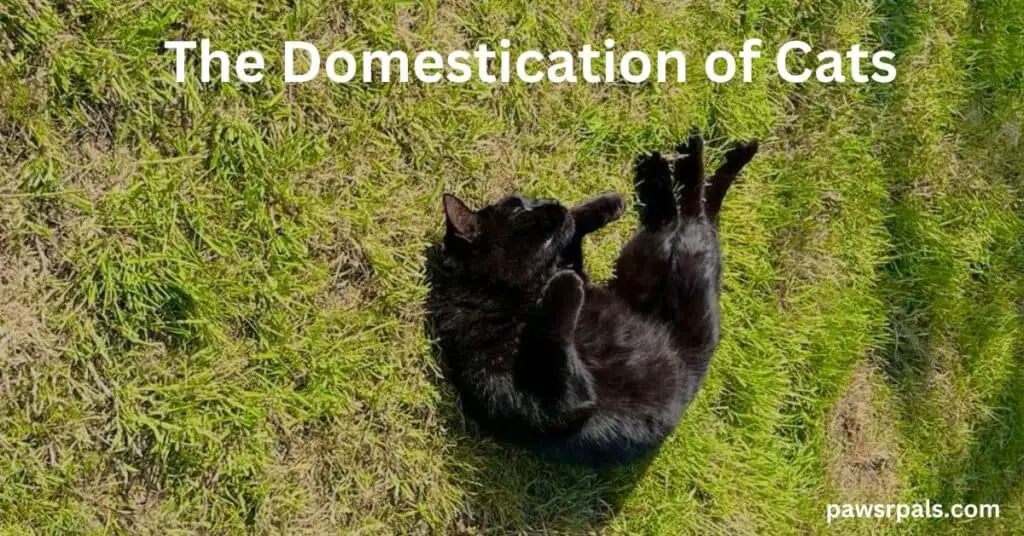
I love cats. I admire how they can be such efficient hunters yet beautiful creatures all at the same time. They’re contradictive in their nature but truly loving animals. Their independence is lovable, and they will cooperate if they deem it suitable. Cats have an air of royalty surrounding them, likely a trait carried from when they were worshiped in ancient Egypt. I suppose that’s why it’s such a special feeling for a cat to decide you’re it’s family.

Leave a Reply